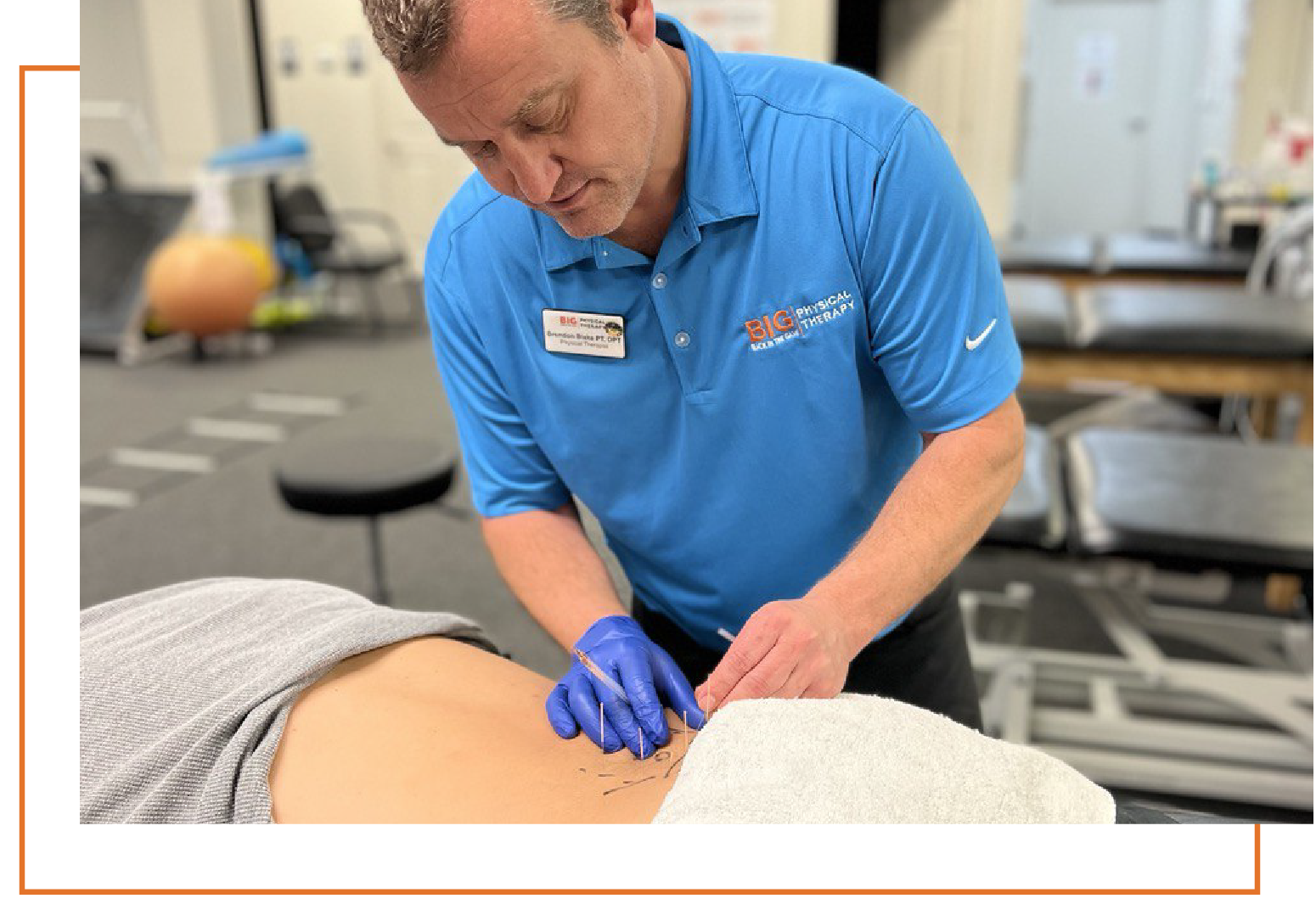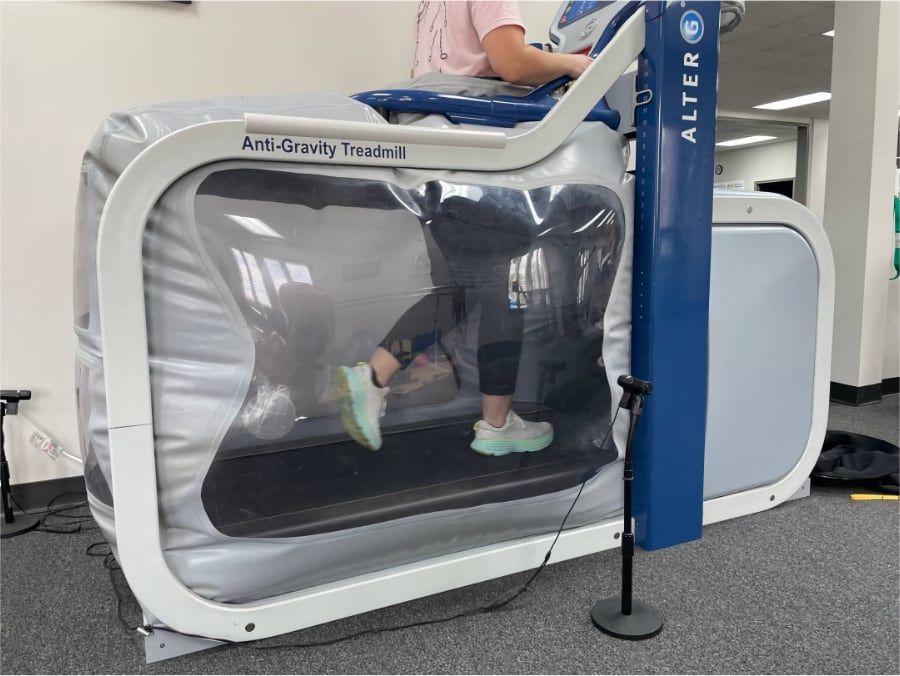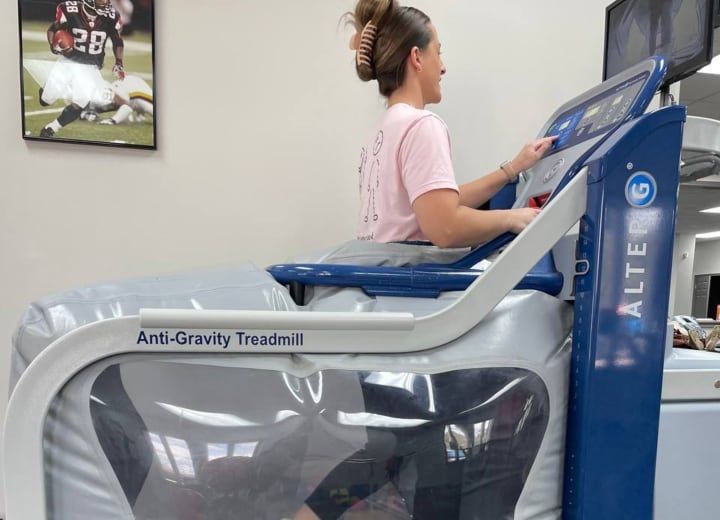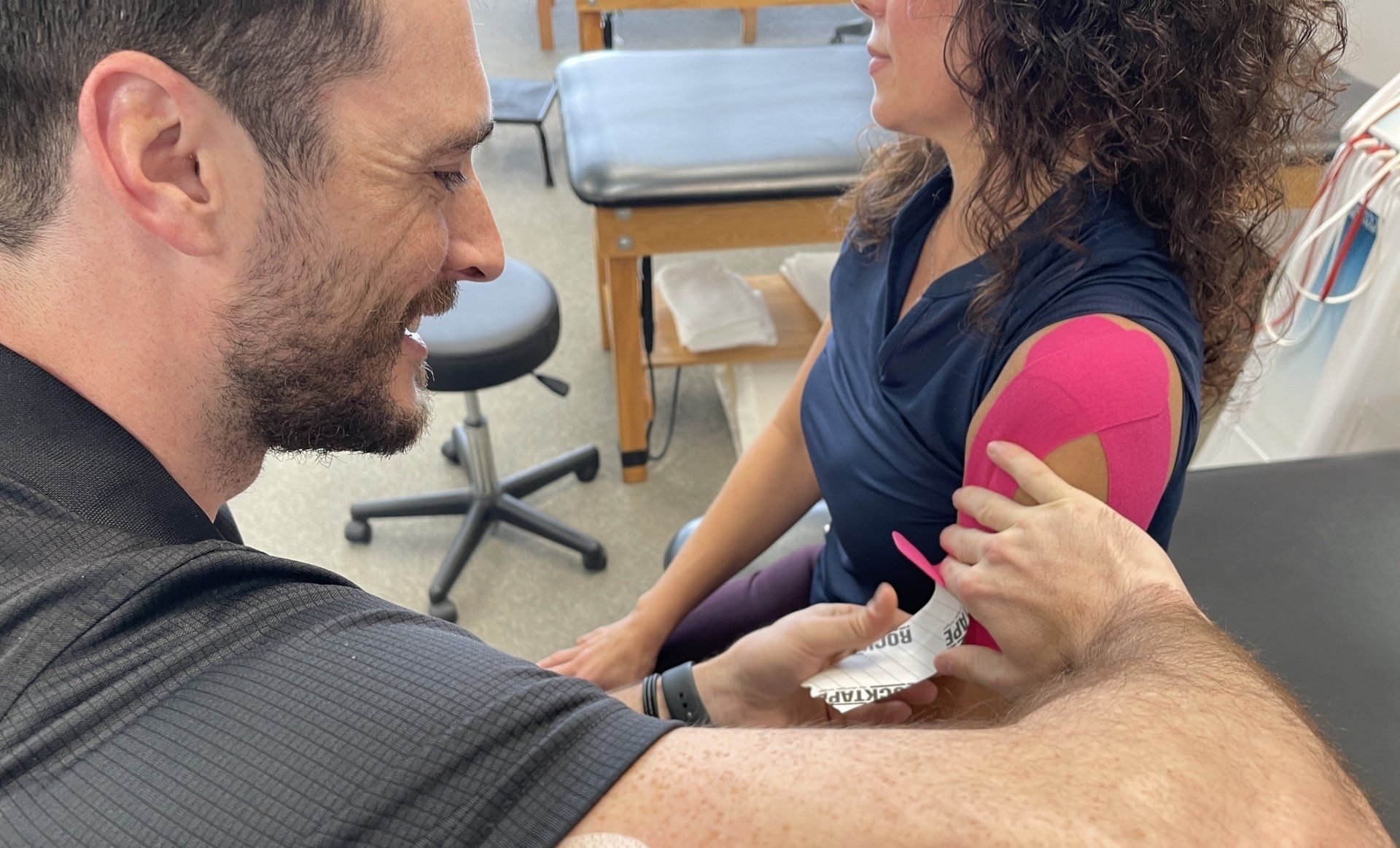Dry Needling vs Acupuncture: What is the Difference?

"So, dry needling and acupuncture are basically the same, right?"
It is one of the most common questions we hear from a new patient considering undergoing dry needling as part of their physical therapy. Our response is always the same: No, they are not.
The confusion is understandable. After all, both acupuncture and dry needling involve sticking needles into a patient's skin. But that is where the similarities stop. To help you understand which treatment method may be the better choice for you, this concise guide gives a brief overview of dry needling and acupuncture. It also touches on some of the significant differences between the two.
What is Dry Needling?
Dry needling is sometimes called trigger point therapy because the technique focuses on stimulating specific points of the body to help relieve a variety of pre- and post-surgery mobility and muscle-related pain issues. These trigger points appear as hard and painful knots in a patient's muscles. A practitioner can alleviate a patient's discomfort locally or in other areas of the body by inserting a thin monofilament needle directly into or near these trigger points. Depending on the desired effect, the practitioner may also increase stimulation by manipulating the needles to create a local twitch response.
While dry needling is considered safe and not generally painful, there can be minor discomfort during treatment. Some patients may also notice cramping or sore muscles later. This is normal and will fade within a day or two.
What is Acupuncture?
In the US, acupuncture is a well-known alternative and complementary medical treatment. As acupuncture has its roots in Traditional Chinese Medicine (TCM), it follows that medical system's theory that the interruption of the flow of energy, or Qi, within the body is the cause of diseases and disorders. According to TCM, Qi flows through 12 pathways, or meridians, in the body, and by stimulating certain points along these meridians, the practitioner can relieve specific conditions.
One method acupuncturists can choose to stimulate these points is the same type of needles used in dry needling.
What are Some of the Differences Between Dry Needling and Acupuncture?
1.) The selection of the points:
Acupuncturists associate certain established combinations of acupuncture points with correcting specific ailments. They generally use the same points for multiple patients with the same conditions. Selecting points for dry needling is more customized to each patient since the location of the knots will be different for everyone.
2.) The conditions each treatment method corrects.
Dry needling focuses on helping patients find relief from myofascial complaints such as joint issues, whiplash, spinal problems, and TMJ. Acupuncture treats all of these conditions that dry needling addresses but can also help with mental disorders, respiratory problems, and many other common medical complaints.
3.) Treatment times can differ widely.
Acupuncture needles typically remain in the patient for 15 to 20 minutes or longer, while dry needling lasts only a few seconds to about 10 to 15 minutes.
4.) Complementary treatments are different.
Dry needling is paired with other therapies, such as stretching, massage, and exercise, while acupuncture treatments usually include taking herbal medicine.
About the Author
Jason Kawamura
PT, DPT
Specialties: Orthopedics, sports injuries, chronic neck and back pain, post-surgical conditions
Certifications: Dry needling and spinal manipulation
Location(s): Dacula, GA
Contact
Request an appointment






